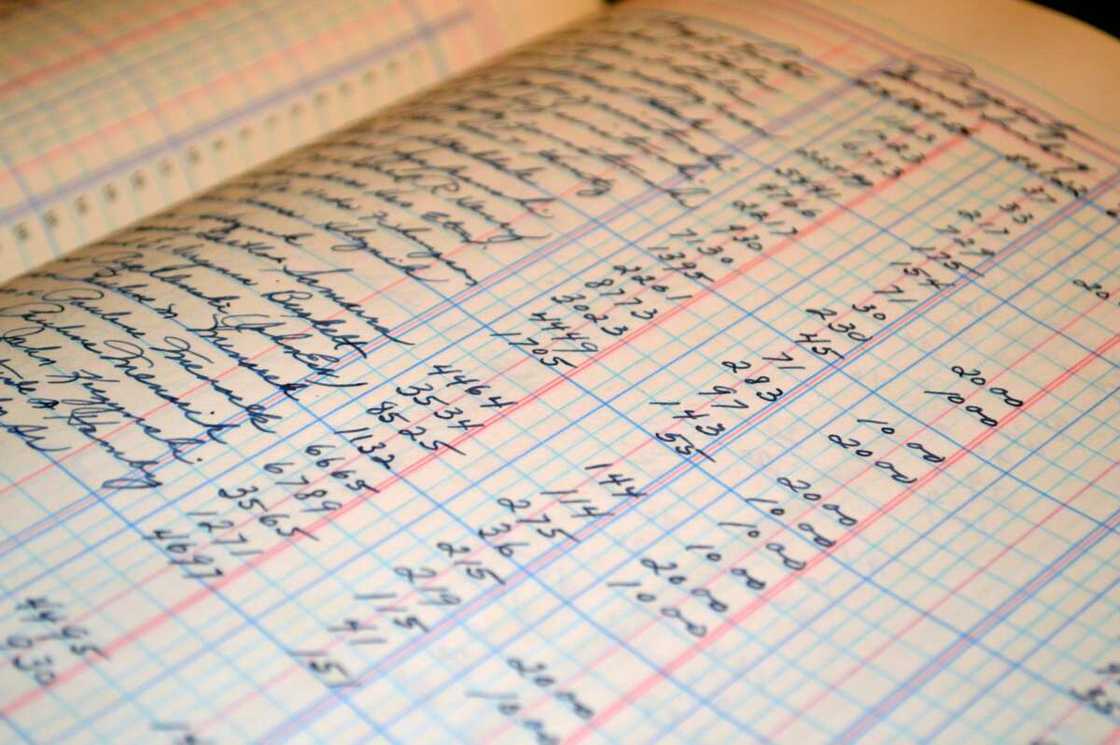Forensic audit: definition, role, process and examples
Have you ever wondered what a forensic audit is? It is a special type of accounting that varies from a standard examination. Read further to find out for what purposes it is used and how it is conducted.

Source: UGC
In the business world, an audit is a typical procedure that is run once in some period. On the other hand, a forensic audit is a concept that few people know about. Basically, it is an entirely different type of analyzing the financial data of the company with the primary goal to determine, whether the company has fraud issues or not.
What is a forensic audit?

Source: UGC
Forensic audit evaluates the financial data of the company to use as a piece of evidence in court. So the process is conducted in cases when an organisation is prosecuted for fraud or other financial claims.
This type of audit usually concerns companies or organisations. However, if the court has to figure out the amount of the spousal or child support for the individuals, it also turns to this process.
What is the difference between an audit and a forensic audit?

Source: UGC
The dominant characteristic of the judicial examination is that it concerns particular financial claim, whereas a typical audit defines the financial situation of the company and checks whether the data, provided by the company, is correct.
A simple inspection of financial records is carried regularly. The forensic audit, in turn, has a specific intent, based on claims. The examination aims to notice the weaknesses in the internal controls system and figure out, whether they could have been used for personal purposes to gain monetary benefits.
How is a forensic audit done?

Source: UGC
A forensic audit is done much like the regular analysis at first. It collects financial data and examines it. The process includes careful research on financial transactions and compilation of the information, financial systems, commercial litigation, business valuation, divorce, bankruptcy and, of course, fraud.
After the examination, the forensic accountant prepares a report, which dramatically differs from the standard examination. Even though both of the processes contain the results of accounting records, and the methods accountants use for gathering and studying data is also similar, the outcome of the whole procedure varies.
Forensic audit report

Source: UGC
READ ALSO: What are the phases required in preparing an audit in your business?
Thus, when the audit report has a particular structure and requirements, a forensic examination report format doesn’t exist. Here the auditor has to provide all the essential evidence for the court and put it into an understandable presentation. The significant demand is that the work should be fully documented.
Who can perform a forensic audit?

Source: UGC
Forensic accountants are similar to other accountants, but unlike them, they look deeper into the numbers. They know how to detect fraud, examine it and prove in the court. What they do is investigating financial statements like real detectives.
The work of such an accountant consists of two parts:
- Investigation – firstly they check the numbers, establish cause and effect relationships, examine fraud.
- Litigation – on this stage the accountants provide advocates with the litigation support. They also testify in court.
To become a judicial auditor one should take up and complete specific courses to be able to identify fraud and carry out an investigation. Apart from knowing how to perform an audit, the forensic auditor should understand the law and the psychology of deception, use various tools to find out the truth.
To perform judicial examinations in Nigeria, you should finish a degree in Accountancy or a related field and complete professional courses, recognized by IFAC, such as ICAN, ACCA.
Types of forensic audit

Source: UGC
So what do the auditors investigate? The typical financial claims include corruption issues in the company, such as bribery, extortion or the conflict of interest for gaining personal benefit.
Also, the investigation can be held due to suspicion of asset misappropriation, which is one of the most popular fraud. In this case, the organisation can raise fake invoices or send cash to the company that doesn’t exist, etc.
The last common issue for a judicial examination is financial statement fraud when a company might provide fake numbers to avoid showing the real business situation.
Forensic audit checklist

Source: UGC
The forensic auditor has to organise the work correctly to achieve a satisfying result. Thus, he or she must do the following:
- Plan the investigation – here an auditor must choose the goal of the inquiry, methods, and tools to conduct it, identify the type of fraud and people or positions that might be involved, determine the motive, opportunity for the fraud and evidence that they should get to prove it;
- Gathering of the evidence;
- Carrying out a report;
- Legal proceeding – forensic auditors are called to court to lay down the facts.
Now you know the difference between a standard financial examination and a forensic audit, you can either pursue a career in the field or turn to the specialist just in time for your company.
READ ALSO: What is petty cash book and how to use it
Source: Legit.ng






